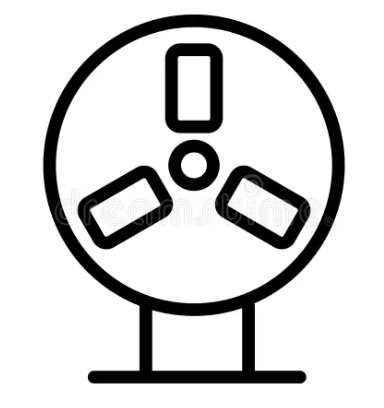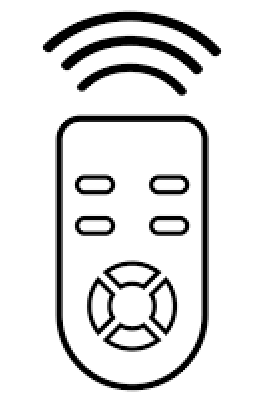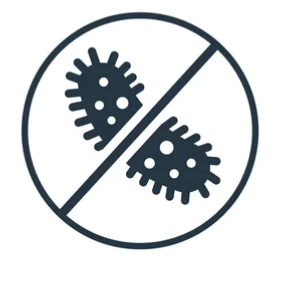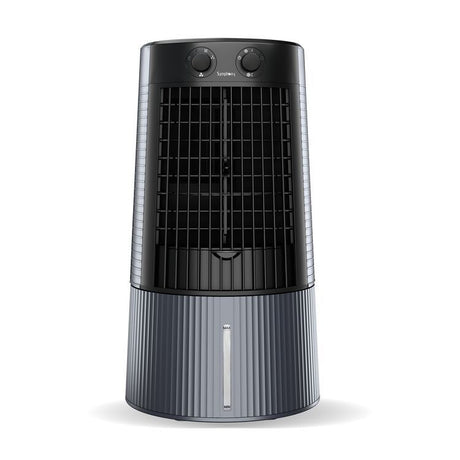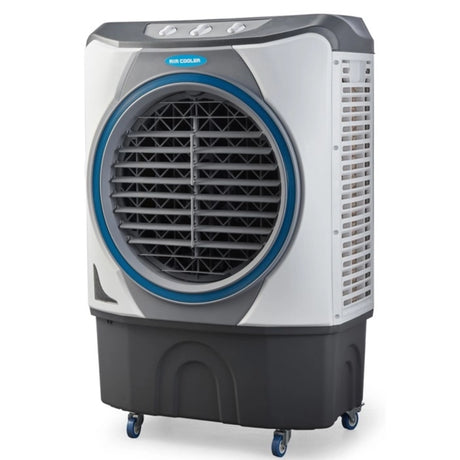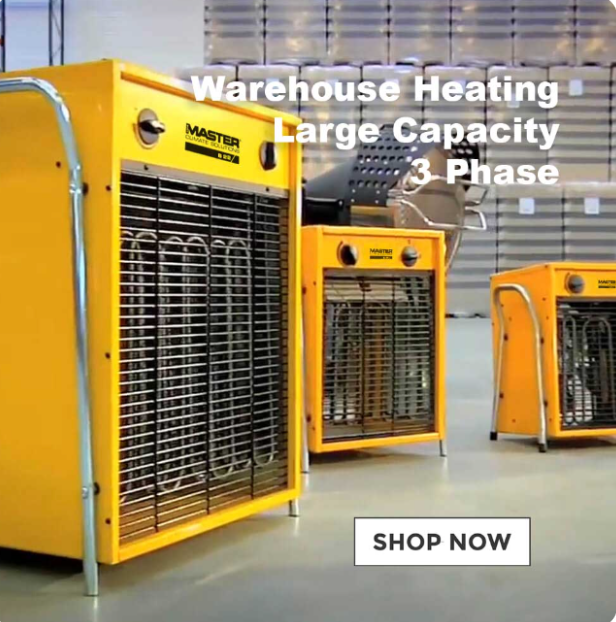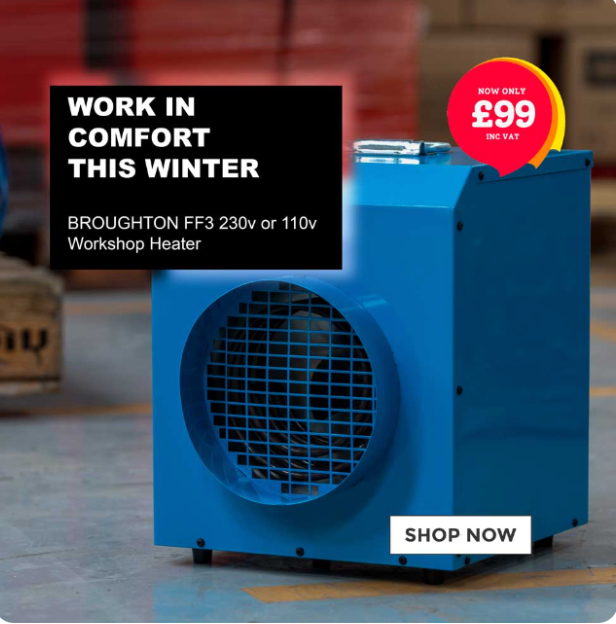Understanding power output in evaporative air cooler is essential to show how much electricity the unit consumes, which impacts fan strength and air circulation. Higher wattage means the cooler can drive more airflow through the water-saturated pads, effectively cooling larger spaces.
However, unlike air conditioners, higher power output in evaporative coolers doesn’t increase cooling temperature directly; it enhances air movement. Consequently, high-wattage models are ideal for expansive areas, while low-wattage units suit smaller rooms with moderate cooling needs.
Choosing the correct wattage balances energy use and cooling reach, ensuring efficient operation without unnecessary power consumption.



